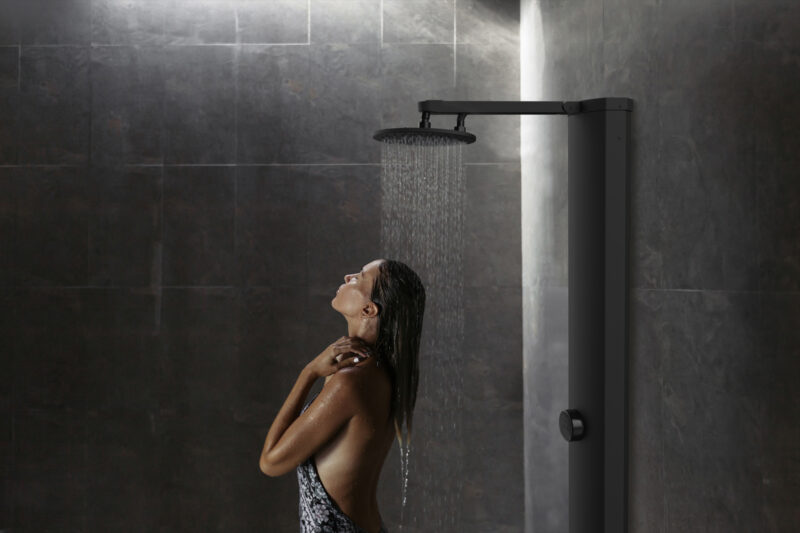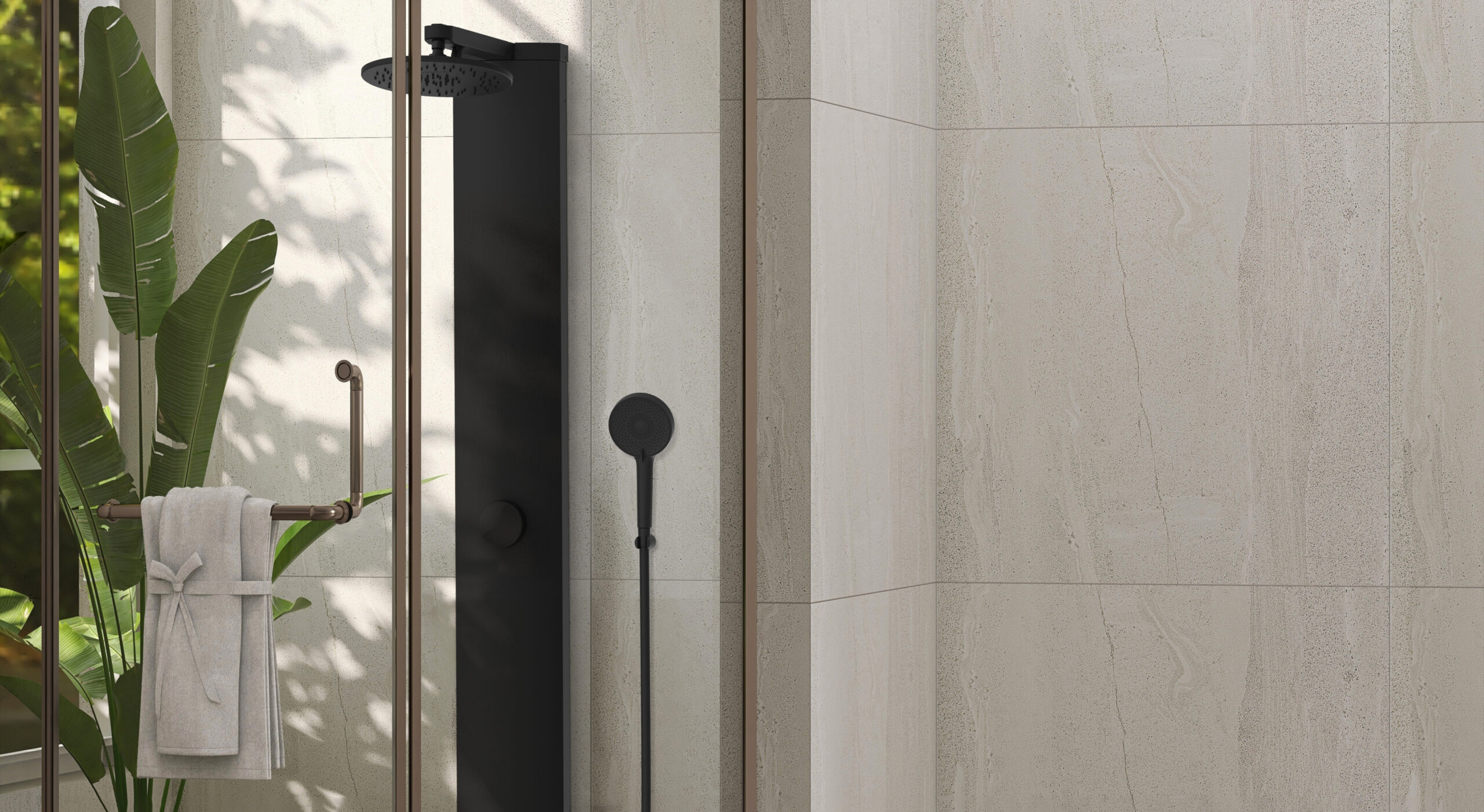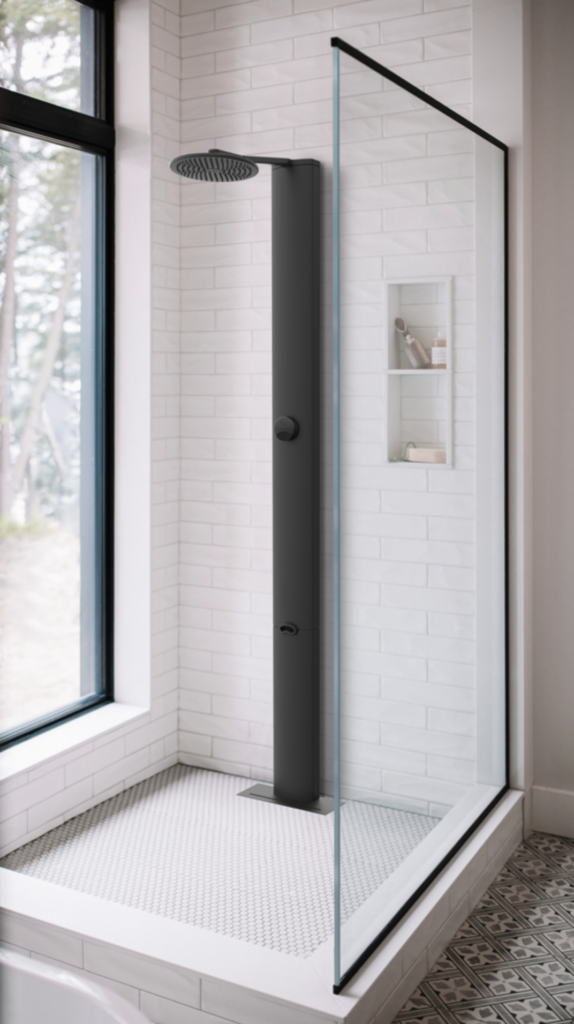Water scarcity has become a critical global issue, with an increasing demand for potable water and limited freshwater resources. Conventional public water systems struggle to meet the needs of residents, straining already scarce water sources and producing significant carbon emissions. Greywater recycling can play a crucial role in mitigating this crisis. Both traditional greywater systems and emerging technologies like the RainStick Shower offer immediate solutions.
Water scarcity affects communities worldwide. A 2019 study estimated the likelihood of water shortages through the 21st century in 204 watersheds covering the contiguous United States. Population growth and climate change are the primary drivers. The World Health Organization (WHO) estimates that 785 million people globally lack access to basic drinking water services, and 2 billion people experience water scarcity for at least one month per year. The United Nations projects that by 2025, two-thirds of the global population could live under water-stressed conditions.
Conventional, centralized water systems, reliant on extensive infrastructure and, often, long-distance water transport, present significant sustainability challenges in providing potable water. Moreover, energy-intensive processes—such as water extraction, chemical treatment, filtration, desalination, and wastewater treatment—in centralized water systems contribute to greenhouse gas emissions.

In-home greywater recycling systems offer significant advantages to certain homes and businesses. However, due to the involved installation process, storage requirements, and extended payback period, distributed greywater treatment has been slow to take hold. Centralized public greywater treatment systems still involve several carbon-intensive transportation and treatment processes.
The founders of RainStick Shower have created a point-of-use (POU) water treatment technology to combat water scarcity. The first-of-its-kind, recirculating shower in North America, RainStick offers a self-contained, sustainable alternative to traditional showers that waste water by constantly sending it down the drain. Employing a closed-loop system captures, treats, and recirculates shower water, minimizing waste and maximizing efficiency.
How RainStick works
The innovative POU loop features three distinct cleaning stages to ensure the water remains suitable and safe for reuse:
- A micron-level screen traps debris, such as hair and dirt, preventing them from circulating in the water.
- Precisely controlled, fresh hot water is continuously introduced, maintaining the desired water temperature and pressure.
- RainStick disinfects the recirculating water, using high-intensity UV LED technology. This eliminates harmful bacteria and viruses, delivering purified water.
RainStick can reduce water consumption by up to 80% compared to conventional showers, with no compromise on the quality of the shower experience. According to a study conducted by the US EPA, the average American uses 82 gallons of water per day. By adopting water-saving technologies like RainStick on a larger scale, we can collectively minimize the strain on freshwater resources and reduce the energy footprint of water use in our homes.
USGBC-LA Net Zero Accelerator
RainStick Shower joined the 2023 cohort of the Net Zero Accelerator (NZA), to further develop their innovative contribution toward achieving net-zero energy consumption goals. The NZA, a program of the U.S. Green Building Council–Los Angeles (USGBC-LA), focuses on piloting projects in real world, trackable implementations, to drive measurable adoption of net zero solutions, today.
Since its founding in 2018, the accelerator has guided the success of 85 growth-stage companies in the cleantech and proptech space across the US and Canada. The program bridges the gap between net zero building policy and current technologies in use in both commercial and affordable housing sectors. The NZA builds awareness of viable solutions and market-ready innovations through marketing, media, events, and curated networking. Then shepherds the tech to market through onsite pilots with committed green building leaders, accelerating scaled adoption. The goal? Make net zero carbon, energy, water, and waste a reality for Los Angeles and beyond.
The author:
As the Business Development Manager at RainStick Shower, Priya Prasad is passionate about promoting eco-friendly shower systems that conserve water without compromising on luxury. With a proven track record in driving strategic partnerships and expanding market reach, Prasad is dedicated to transforming the way we think about water consumption in our daily lives.
Our team researches products, companies, studies, and techniques to bring you the best of zero building. Zero Energy Project does not independently verify the accuracy of all claims regarding featured products, manufacturers, or linked articles. Additionally, product and brand mentions on Zero Energy Project do not imply endorsement or sponsorship unless specified otherwise.


